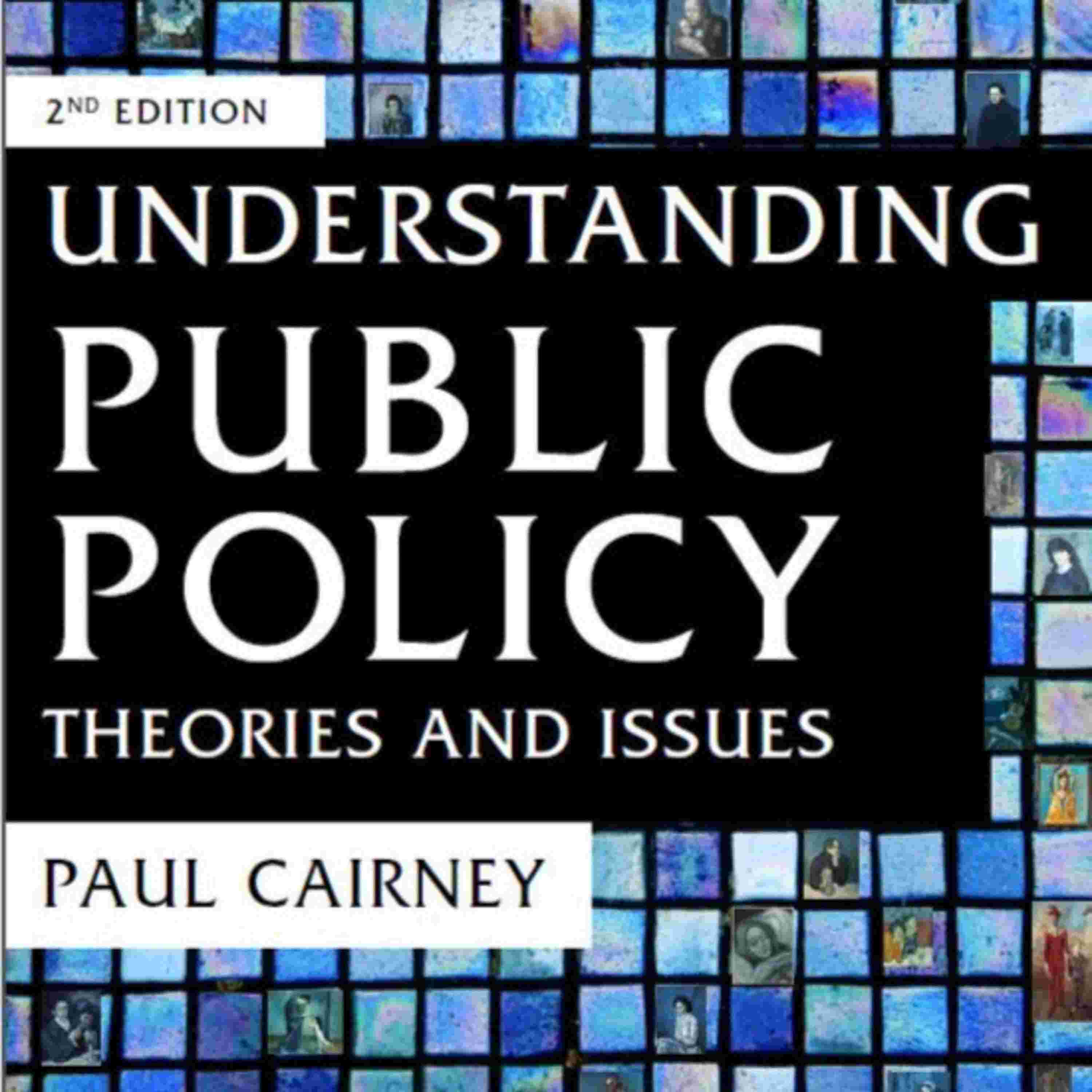

The eight (and final) of a series of podcasts tying together multiple 500 Words posts. They’ll sound a bit different from the 1000 Words podcasts because I recorded them in front of our MPP students.
This brief lecture is on the role of policymaking environments and the theories that describe them (also based on text in Chapter 13):
"The second part of our universal story is that people respond to bounded rationality within complex policymaking environments. We can describe this environment with reference to five or six constituent parts (John, 2003: 495; Heikkila and Cairney, 2018). First, there are many actors – including policymakers and influencers – spread across many types of policymaking venues. Second, each venue contains its own ‘institutions’, or formal and informal rules governing behaviour. Third, each venue can produce its own networks of policymakers and influencers, and the lines between formal responsibility and informal influence are blurry. Fourth, actors in each venue draw on a dominant set of ideas or beliefs about the nature of policy problems and the acceptable range of solutions. Fifth, natural, social, and economic factors limit policymakers’ abilities to address and solve policy problems. Finally, routine and non-routine events help set the policy agenda and influence the resources available to actors. Combined, these factors produce the broad sense that policymaking environments – or, in some accounts, ‘context’ or ‘systems’ – constrain and facilitate action and are out of the control (or even understanding) of individual actors. Figure 13.1 provides the simplest way to visualize these concepts, partly to compete with the visual simplicity of the policy cycle while maintaining the assumption of complexity"
Relevant posts:
Policy in 500 Words: The Policy Process
Policy Concepts in 1000 Words: The Policy Process
Policy in 500 Words: if the policy cycle does not exist, what do we do?
(see also 12 things to know about studying public policy and 5 images of the policy process).